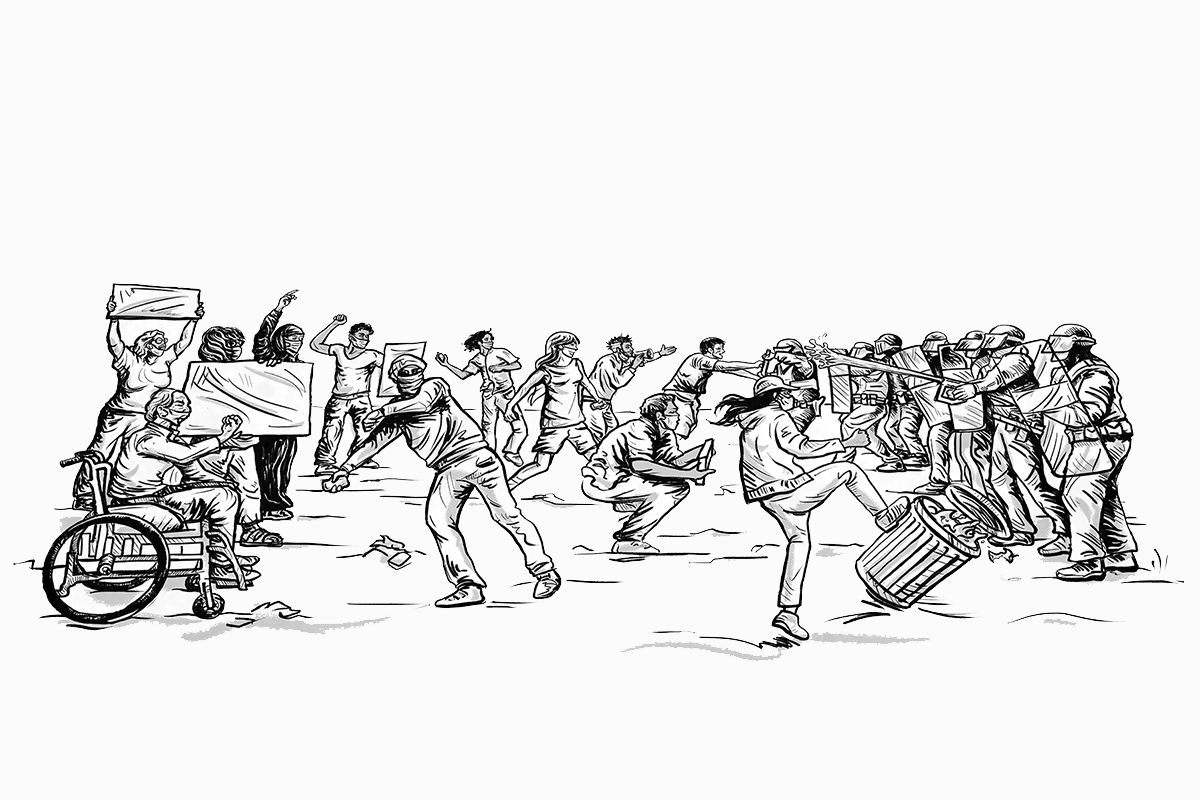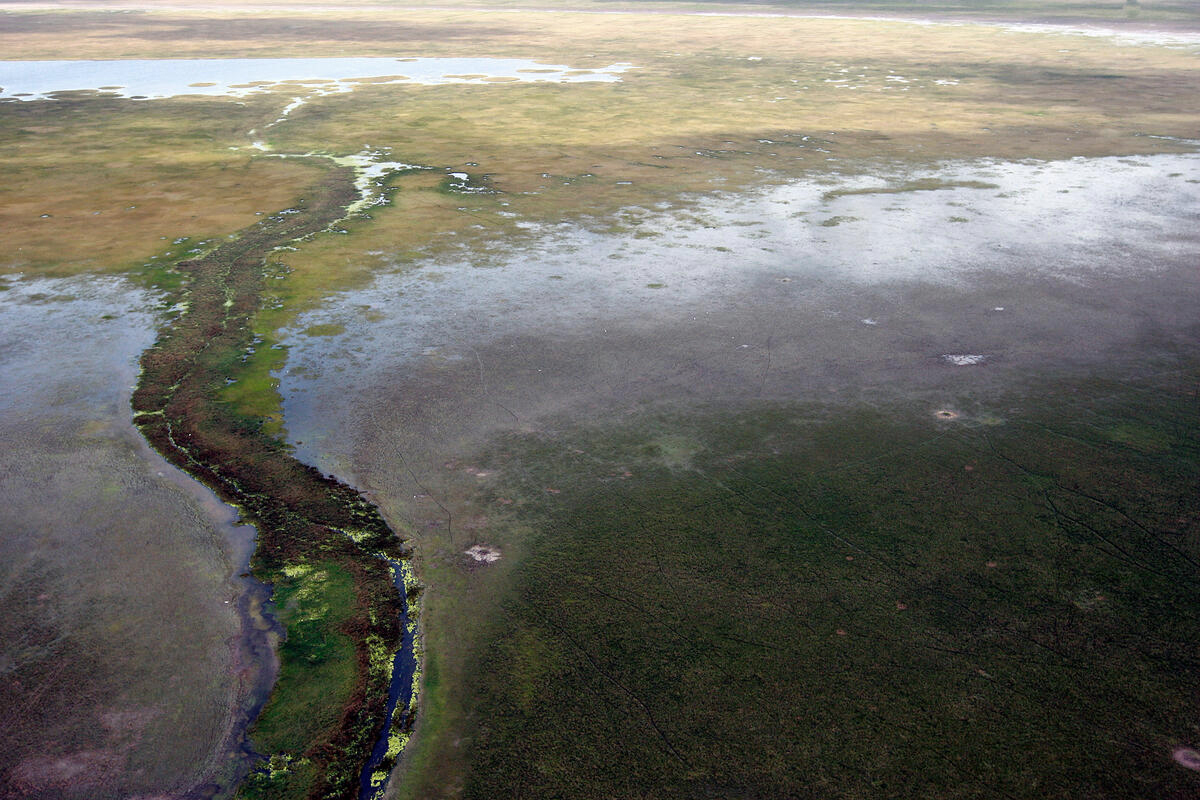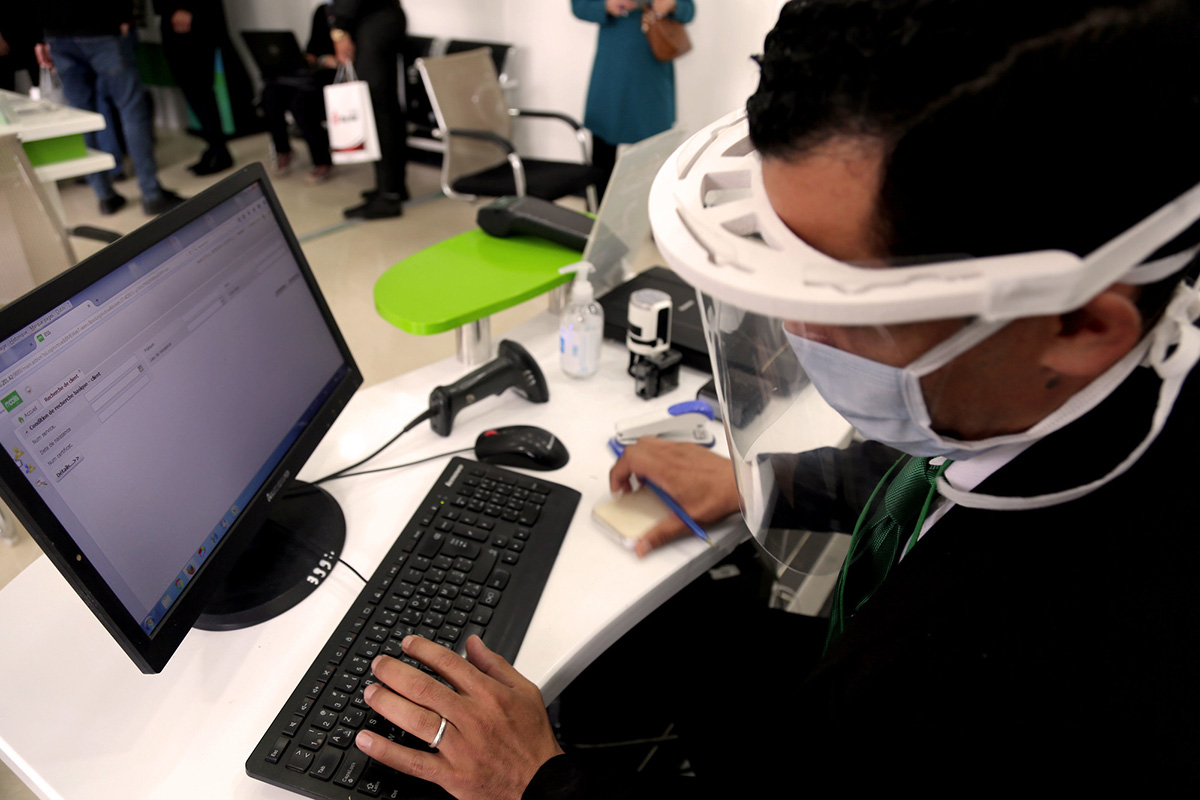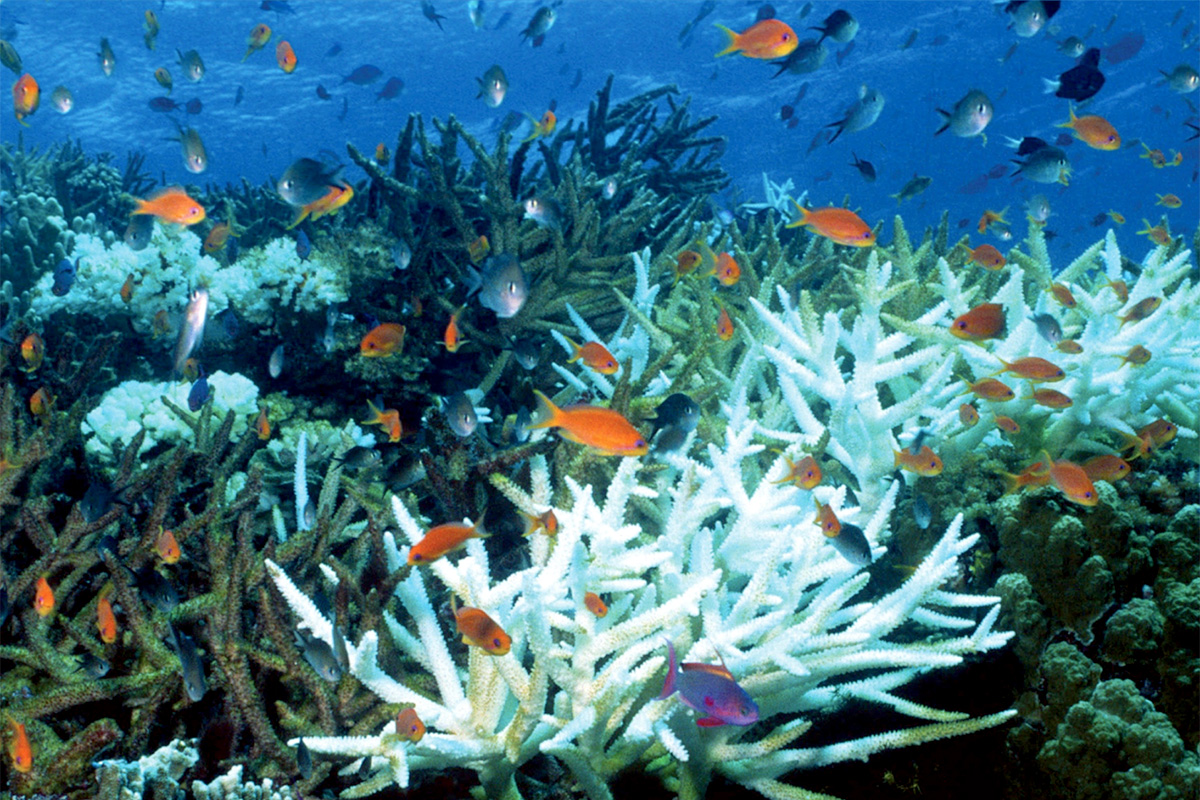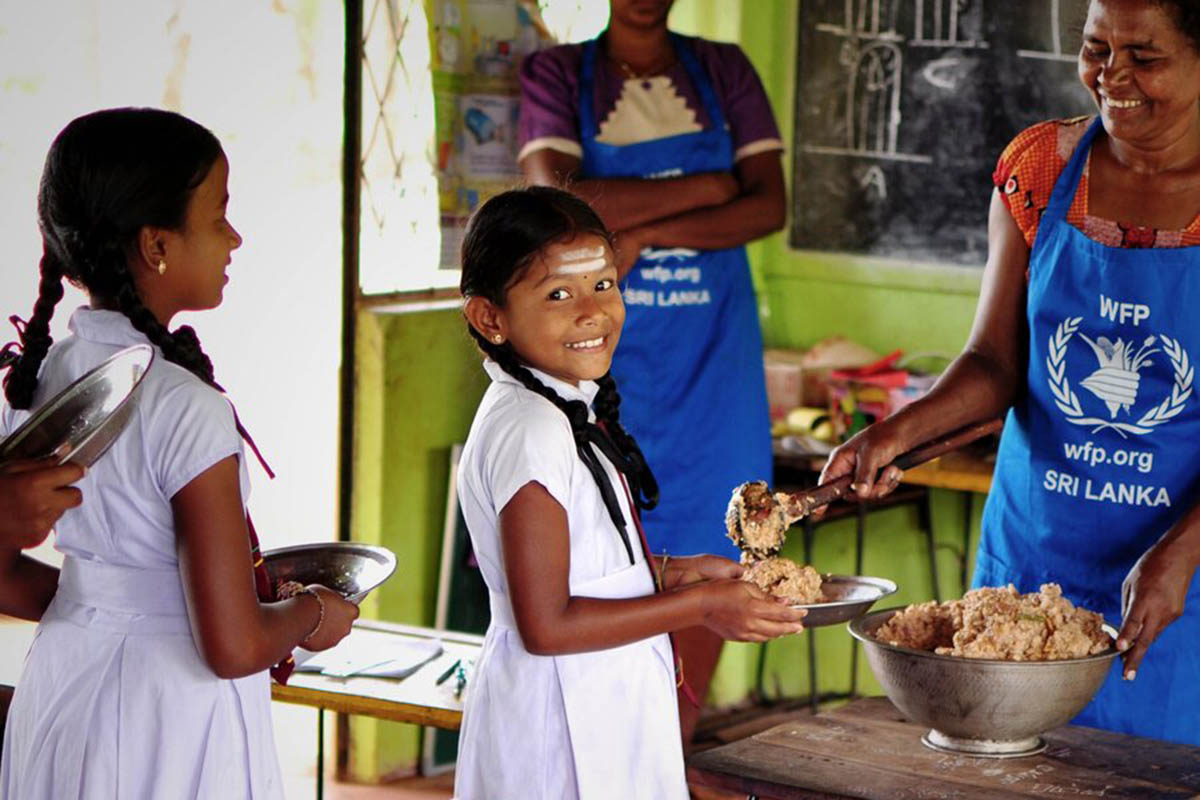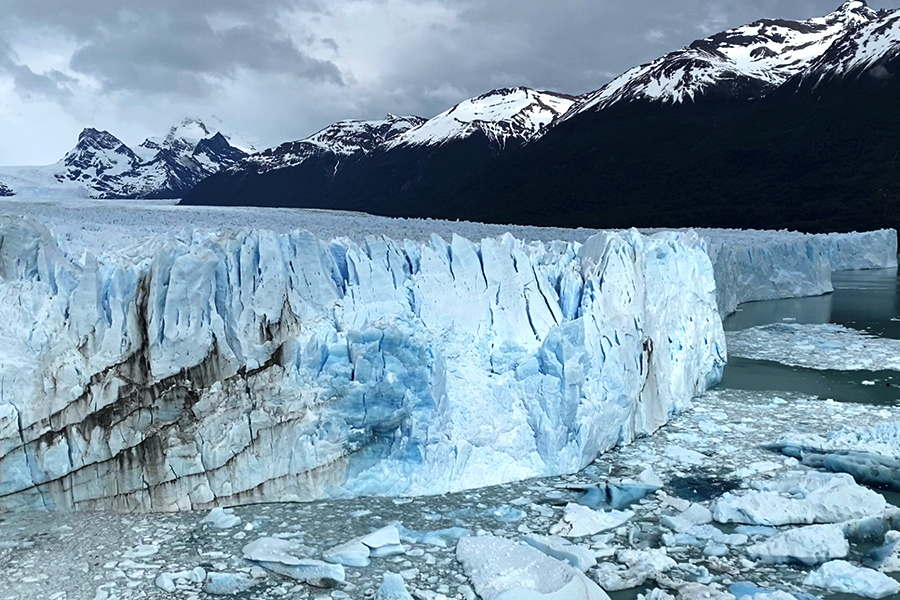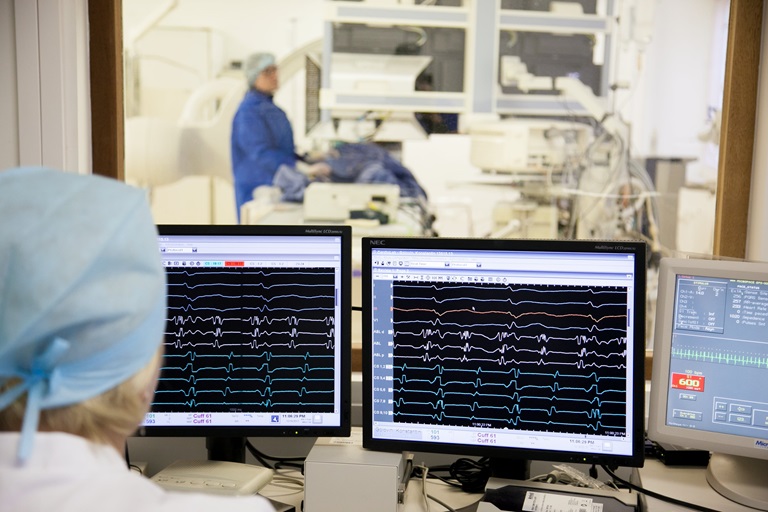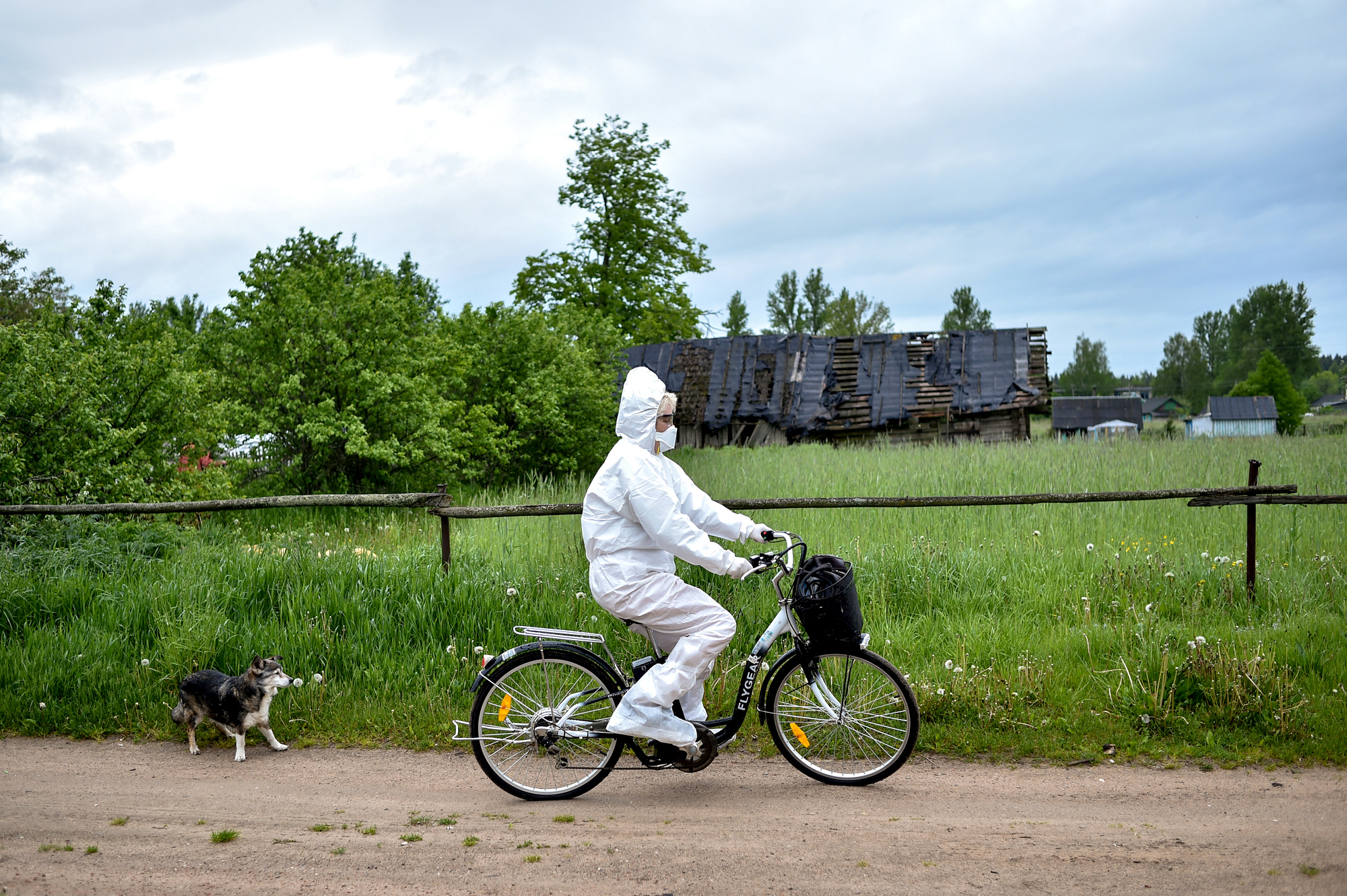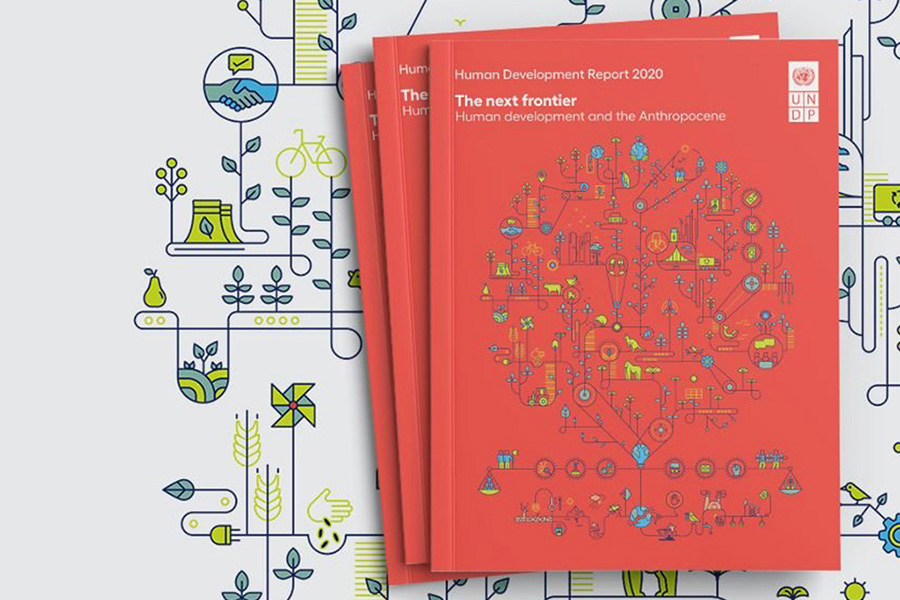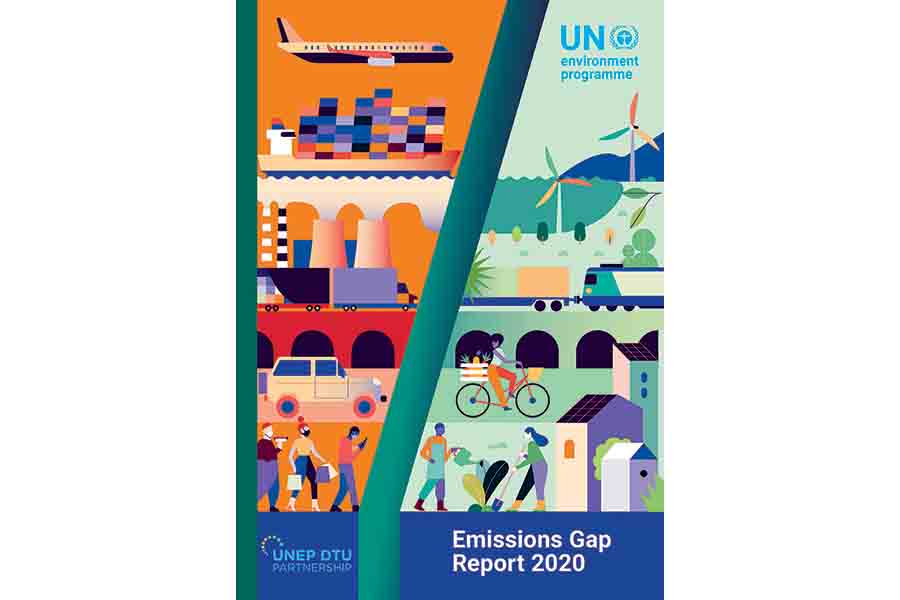Despite ample examples, quantitative evidence on the link between epidemics and social unrest is scant. Recent IMF staff research fills this gap by offering global evidence of this link in recent decades. History is replete with examples of disease outbreaks casting long shadows of social repercussions: shaping politics, subverting the social order, and some ultimately causing social unrest. Why? One possible reason is that an epidemic can reveal or aggravate pre-existing fault lines in society.
In a data visualization project entitled ‘Livelihoods, food and futures: COVID-19 and the displaced,’ UNHCR collated statistics from numerous sources to shed more light on the effects of the pandemic on poor and vulnerable people. The storymap illustrates the drastic falls in levels of employment and income in within displaced communities since the onset of the pandemic. It also explores how families are coping to meet basic needs, in many cases forced to cut corners because of shrinking household budgets.
The 10 New Insights in Climate Science 2020 report by leading international scientists and presented to the UNFCCC reveals the most important findings within the field of climate science over the last year. It can help drive collective action on the ongoing climate crisis and help build momentum for a successful outcome of this year’s UN Climate Change Conference COP26 in November. The report presents the need for aggressive greenhouse gas emission cuts to meet the goals of the Paris Agreement among other issues.
The World Economic Situation and Prospects 2021, the UN’s flagship report produced by DESA, looks at the performance of the world economy since the start of the pandemic as well as the impacts of global policy responses and post-crisis recovery scenarios. Set against a backdrop of prolonged economic uncertainty, the report highlights areas hardest hit by the pandemic and the subsequent global response, including challenges and opportunities that will determine the sustainability, resilience and fairness of the global recovery efforts. The report launch starts at 11:00 am, watch it live.
Although global economic output is recovering from its COVID-19 collapse, the World Bank Global Economic Prospects shows it will remain below pre-pandemic trends for a prolonged period.
UNCTAD launched its updated BioTrade Principles and Criteria, for governments and companies to conduct biodiversity-friendly trade in an environmentally, socially and economically sustainable manner. The term “BioTrade” refers to the commercialization of goods and services derived from a country’s biodiversity. Curtailing illegal wildlife trade is imperative to stop biodiversity loss, with an estimated one million plant and animal species now at risk of extinction. The threat is not only ecosystem collapse but also a heightened risk of new pandemics such as COVID-19.
UNEP warns 2020 was not only the year of the COVID-19 pandemic. It was also the year of intensifying climate change: high temperatures, floods, droughts, storms, wildfires and even locust plagues. Even more worryingly, the world is heading for at least a 3°C temperature rise this century. We need strong action to reduce greenhouse gas emissions to meet the Paris Agreement goals of holding global warming this century to well below 2°C and pursuing 1.5°C. Nations must urgently step-up action to adapt to the new climate reality or face serious costs, damages and losses.
WFP reports that the coronavirus pandemic is undermining efforts to improve diets and nutrition for nearly 2 billion people in Asia and the Pacific, according to an FAO report published today. The Asia and the Pacific Overview of Food Security and Nutrition states that 1.9 billion people were unable to afford a healthy diet in 2019—the year that is the focus of the study—while estimates suggest the disruption caused to livelihoods and economies by COVID-19 only worsened problems in 2020, hitting women and children aged under 5 hardest, in spite of economic growth.
The currencies held by central banks as foreign exchange reserves have remained largely steady over decades. Changes of these holdings can be described as glacial in pace. But geopolitical shifts and technological revolutions are reshaping the global economy and the international use of currencies. These forces, and the fallout from the COVID-19 pandemic, could further accelerate the transformations in the reserve holdings of central banks. A new IMF staff paper analyses the composition and drivers of central banks’ reserve currency holdings over recent decades.
During the 2000 to 2019 period, noncommunicable diseases made up 7 of the world’s top 10 causes of death, according to WHO’s 2019 Global Health Estimates.
The UNEP 2020 Greening the Blue report provides a snapshot of the UN System’s environmental impacts throughout 2019 and the activities underway to reduce them.
As the COVID-19 pandemic continues to impact our lives, the World Bank provides an overview in 12 charts and graphics, of its research in the face of a truly unprecedented crisis.
The UNDP 2020 Human Development Report (HDR) doubles down on the belief that people’s agency and empowerment can bring about the action we need if we are to live in balance with the planet in a fairer world. It shows that we are at an unprecedented moment in history, in which human activity has become a dominant force shaping the planet. These impacts interact with existing inequalities, threatening significant development reversals. Nothing short of a great transformation is needed to change the path we are on. The Report explores how to jumpstart that transformation.
For the first time in a relationship spanning 300,000 years, instead of the planet shaping humans, humans are shaping the planet. This is the Anthropocene: the age of humans. COVID-19 and its unprecedented effects on human development are a cautionary tale of the type of challenges we are likely to face in the Anthropocene, unless humans transform the way we interact with the planet. But the future is not set in stone– yet. We have a once-in-a-generation opportunity to choose to change, and the 2020 Human Development Report (HDR), set to launch on 15 December, suggests a way forward.
For over a decade, the UNEP Emissions Gap Report has provided a yearly review of the difference between where greenhouse emissions are predicted to be in 2030 and where they should be to avoid the worst impacts of climate change. The report finds that, despite a brief dip in carbon dioxide emissions caused by the COVID-19 pandemic, the world is still heading for a temperature rise in excess of 3°C this century – far beyond the Paris Agreement goals of limiting global warming to well below 2°C and pursuing 1.5°C.

